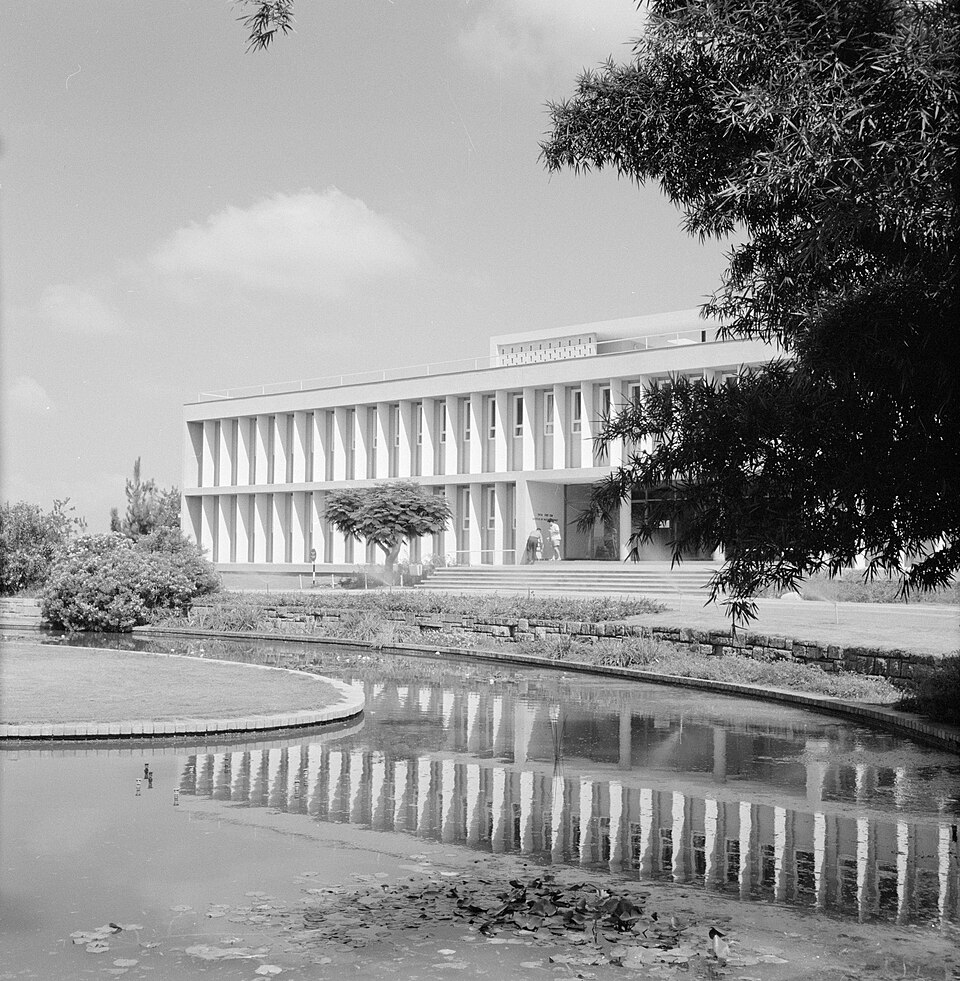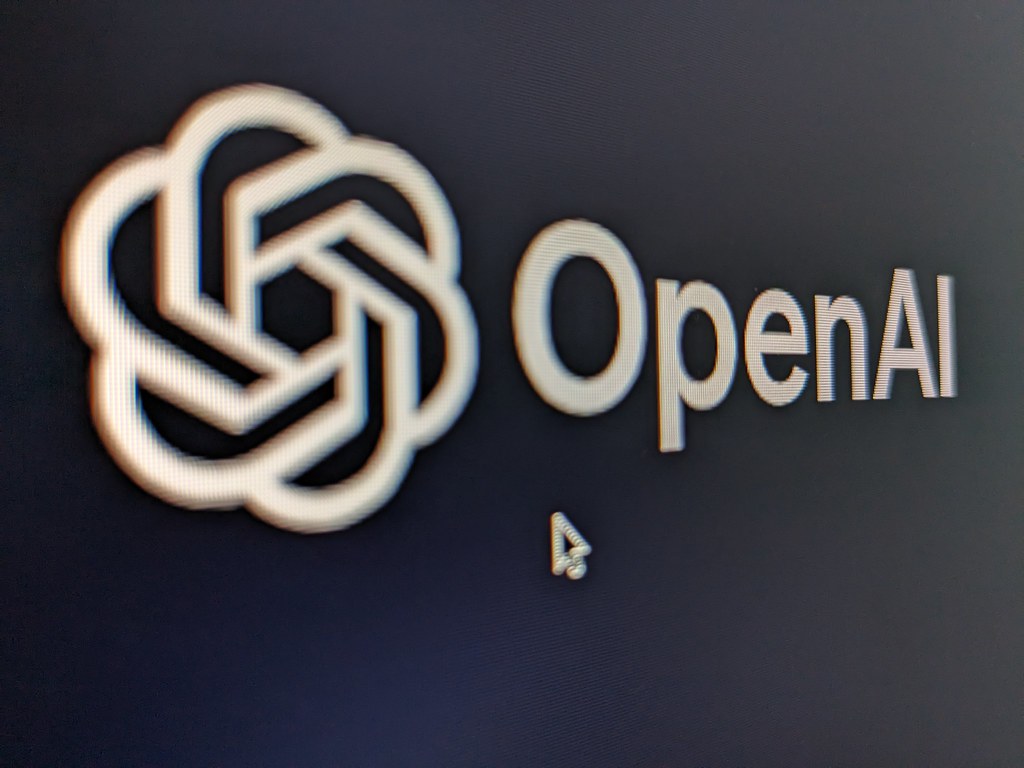Six years later open-source motion libraries touch nearly every project that needs to understand or generate movement—whether a surgical robot is calibrating its grip or a TikTok filter is rigging a full-body avatar. In that world, choosing which corpus to trust, and what its license actually permits, has become as important as picking the neural-network architecture that sits on top.
The guide below maps today’s landscape of capture technologies, annotation tiers, and community norms so you can select—and share—motion data with confidence, without tripping over restrictive clauses or hidden quality gaps.
Fundamentals of Motion Data
Optical marker-based motion capture—the classic studio lined with infrared cameras that track reflective dots—still delivers millimeter-scale accuracy at laboratory frame rates like 120 Hz, as the long-running CMU Graphics Lab database demonstrates. The trade-off is cost: a 12-camera Vicon rig can run well into six figures and must live in a dedicated volume.
Marker-less RGB-D video systems and wearable inertial-measurement units (IMUs) sacrifice some precision for portability, letting scientists capture skate-park jumps or first-person cycling without a studio. Each modality injects its own biases—rolling-shutter artifacts in video, drift in IMUs—so cross-modal validation has become a staple of modern benchmarks.
Annotations fall into recognizable layers: 2-D key-points, 3-D skeletons, full SMPL or SMPL-X body parameters, and higher-level action tags such as “sit-to-stand.” The deeper the label, the richer the downstream task—think muscle-synergy studies or gesture-controlled AR avatars—but each added layer multiplies manual labor and potential labeling error.
Licensing decides what you can legally do with all that data. A permissive MIT grant, outlined by the Open Source Initiative, generally allows commercial redistribution of derived models. Creative Commons variants like CC BY-NC-SA, detailed on Creative Commons, permit research use but fence off for-profit exploitation unless you negotiate separately. Datasets built around SMPL-X or PICO meshes remain non-commercial by default, with commercial paths offered through Meshcapade.
From Capture to Release: The Data Pipeline
Quality begins with a capture protocol: frame-rate targets, multi-camera calibration, and clear subject consent that anticipates downstream redistribution. The CMU lab, for instance, records in a precisely calibrated volume at 120 Hz—details spelled out in its public FAQ—and provides releases for educational and research redistribution.
Automatic labeling via pose-estimation networks now handles first passes even for crowded scenes, but manual spot-checks remain essential. AMASS relied on its MoSh++ fitting algorithm to harmonize dozens of legacy datasets before releasing SMPL meshes for every frame, illustrating how post-processing can smooth out hardware and protocol disparities.
Finally, packaging matters. BVH and FBX still dominate animation pipelines, while HDF5, CDF, or compressed NPZ files plug directly into Python notebooks. Providing both—plus open-source conversion scripts—extends reuse and boosts citation longevity.
What “Quality” Looks Like
High-quality motion data approaches centimeter-level spatial accuracy while holding a stable temporal resolution and drawing from a broad range of participant physiques and movement styles. MoVi, introduced in a 2020 preprint on arXiv, captured 90 actors across five hardware setups and released synchronized video and IMU streams so researchers could benchmark cross-modal fusion rather than single-camera tricks.
Environmental variety counts, too. Motion-X’s documentation, as described in its 2023 paper and documentation, highlights expressive whole-body motions in living rooms, labs, and outdoor plazas, making the set useful for generative AI systems that must generalize beyond treadmill walks. Transparent license terms complete the checklist—no benchmark is reproducible if the underlying clips disappear behind retroactive fees.
Demographic coverage is the final pillar. Benchmarks that record only young, able-bodied volunteers risk encoding bias when deployed in elder-care robots or medical diagnostics. Actor demographics, sensor calibration reports, and clear failure cases should live in the dataset card alongside download links, letting users see where generalization might break.
The 2025 Dataset Landscape
Classical libraries still pull weight. The CMU MoCap set offers more than 2,600 captured sequences under a notice that permits broad reuse as long as the raw files themselves are not resold, preserving academic freedom while discouraging simple paywalls.
For ground-truth 3-D pose, Human3.6M remains the workhorse; its whole-body extension H3WB hosts MIT-licensed annotations on GitHub, adding 133 key-points that cover hands and face in addition to the original torso-centric skeleton.
Expressive-body corpora now dominate generative-AI training. The Motion-X release (introduced in 2023) aggregates multi-source SMPL-X data, with CC BY-NC-SA terms spelled out on its project page. PICO complements those resources with SMPL-X meshes, blend weights, and textures packaged for non-commercial research, while commercial paths run through Meshcapade.
Biomechanics groups gravitate toward multimodal sets like MoVi, which align optical MoCap, multi-view video, and IMU logs for nine hours of activity. The synchronized design supports validation across sensors instead of video-only benchmarks that mask drift or occlusion artifacts.
Two-dimensional pose tasks remain alive: MPII Human-Pose supplies roughly 25,000 annotated images under a Creative Commons Attribution 4.0 license, while COCO’s key-point subset tops 250,000 person instances drawn from Creative Commons images, as the COCO site notes.
For video tracking, the PoseTrack benchmark still matters with a held-out evaluation server first described in the 2017 paper on arXiv. Its leaderboard forces algorithms to handle occlusions and identity switches in long takes rather than cherry-picked stills.
How to Choose the Right Dataset
Match modality to task. Clinical gait-cycle analysis needs high-speed, centimeter-accurate marker data; a consumer VR avatar system benefits more from SMPL-parameter datasets that already align to watertight surface meshes.
Check license compatibility next. A start-up training a paid fitness coach cannot ship model weights derived from CC BY-NC-SA data without violating the non-commercial clause. By contrast, CMU or H3WB data impose no such limits, making them safer for commercialization.
Tool-chain support often clinches the choice. The open-source MMPose framework offers native loaders for H3WB, sparing teams weeks of preprocessing, while Blender imports BVH files from CMU with a single add-on—small conveniences that translate into real engineering velocity.
Best Practices for Working with Motion Data
Pre-processing starts with filtering and gap-filling to remove sensor noise and occlusion jitter. A Butterworth low-pass filter around 6 Hz remains standard for optical data, while IMU streams often require zero-velocity updates to tame drift.
Data augmentation can triple effective sample size: temporal warping, axis flipping, and synthetic camera views improve model robustness. Domain-adaptation layers fine-tune networks when training on mixed modalities like MoVi’s IMU and video streams.
Benchmark honestly. Follow official train-test splits or use the PoseTrack evaluation server; publishing scores on a custom split defeats comparability and erodes trust in reported gains.
When releasing derivatives, keep provenance metadata intact and echo the original license text. The Open Source Definition on opensource.org stresses that downstream users must inherit the same freedoms you received, ensuring transparency across generations of models.
Contributing Back to the Community
AMASS offers a contact portal for researchers aiming to share new SMPL-fitted sequences, and redistribution must follow the PSL 1.1 (Pose Shape License 1.1) terms posted on the Max Planck site. Providing JSON metadata that lists capture hardware, calibration error, and demographic details speeds the review process.
Motion-X maintainers (as of their 2023 release) likewise invite collaboration, though they have yet to publish a formal upload pipeline. Teams that harmonize their data to SMPL-X parameters and CC BY-NC-SA terms stand the best chance of acceptance when new collection rounds open.
For entirely new datasets, publishing a detailed card—modeling the templates drafted by the Machine Learning Data Sheets initiative—can pre-empt ethics questions about consent, bias, and re-identification. A clear card also makes the corpus easier to cite, boosting downstream visibility.
Future Directions
Generative diffusion models now synthesize plausible motion sequences on demand, but their realism hinges on the diversity of foundational corpora. Expect hybrid datasets that mix real and generated clips, each clearly flagged so evaluation servers can test how well algorithms generalize beyond filmed reality.
Multisensory collections are next. Projects that pair EMG muscle-activation traces or spatial audio with 3-D meshes promise end-to-end avatars that blink, speak, and gesture in sync—but only if licenses keep those derivatives open rather than siloed behind proprietary add-ons.
Privacy pressures will tighten as full-body meshes can re-identify individuals when matched with face scans. Differential-privacy wrappers or on-device sampling may soon join frame-rate and marker count on the dataset compliance checklist.
Open-source motion datasets now underpin everything from clinical gait screens to blockbuster game animation. Mastering their capture quirks, license nuances, and quality hallmarks is the surest way to future-proof whatever you build on top—because algorithms evolve, but bad data debts linger.
Sources
- Mahmood N. et al. “AMASS Dataset.” Max Planck Institute, 13 Sep 2019.
- CMU Graphics Lab. “Motion Capture Database.” Carnegie Mellon University, accessed 30 Oct 2025.
- Open Source Initiative. “The MIT License.” Accessed 30 Oct 2025.
- Creative Commons. “Frequently Asked Questions About Data and CC Licenses.” Accessed 30 Oct 2025.
- Zhu Y. et al. “H3WB Dataset Repository.” GitHub, 25 Sep 2025 update.
- Lin J. et al. “Motion-X Dataset.” Project homepage, accessed 30 Oct 2025.
- Ghorbani S. et al. “MoVi: A Large Multipurpose Motion and Video Dataset.” arXiv preprint, 4 Mar 2020.
- COCO Consortium. “Common Objects in Context Dataset Overview.” Accessed 30 Oct 2025.
- Andriluka M. et al. “PoseTrack: A Benchmark for Human Pose Estimation and Tracking.” arXiv preprint, 27 Oct 2017.
- Pujades S. et al. “PICO Dataset License.” Max Planck Institute, accessed 30 Oct 2025.
- SMPL-X Model License. Max Planck Institute for Intelligent Systems, accessed 30 Oct 2025.
- SMPL-Body License. Max Planck Institute for Intelligent Systems, accessed 30 Oct 2025.
- Andriluka M. et al. “MPII Human-Pose Dataset.” Max Planck Institute for Informatics, accessed 30 Oct 2025.




